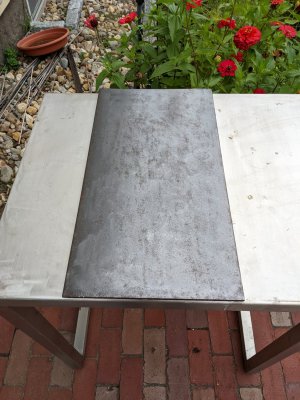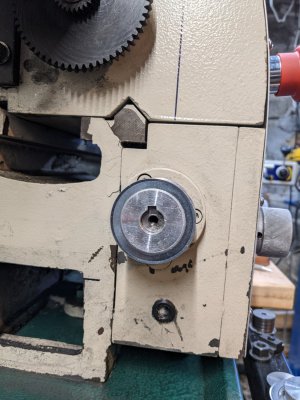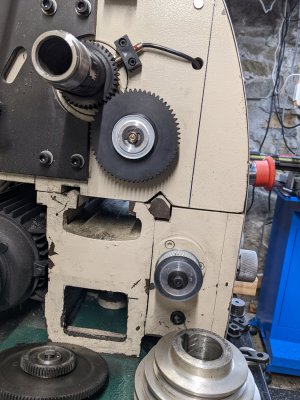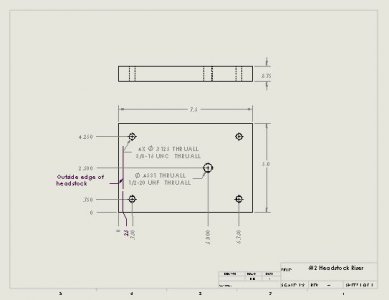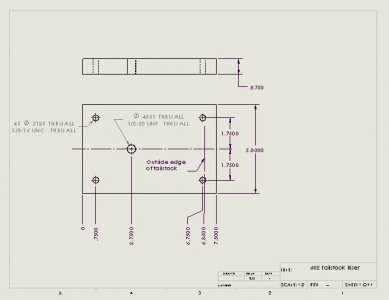Broached the GT2-60T timing pulley. Machined the hub to allow the E-clip to fit. Also machined the 60T M1.5 plastic gear so that the timing pulley was inset about 1.5mm into the gear. Now my lathe is inoperative, until I finish the installation. (I do have spare pieces, so I could use the lathe, but it is a pain to switch back and forth. Won't do the switch unless I have a bigger piece to turn.) The above pieces were machined on my mini-lathe.
Here is the 2GT timing pulley installed on the lathe.
View attachment 418182
Found out why my fly cutter was behaving so poorly. Turns out the insert was chipped. Strangely, it looked like a small flat shiny spot on the very tip of the insert. The cutting edge no longer had the right geometry and literally was beating the riser steel plates into submission. Since that was the last of the original inserts that came with the Sherline fly cutter, I dug around and found some Valenite inserts that I had bought for the fly cutter. Oh my goodness, what a difference. Little blue c's and 6's again and very low noise. And the finish was pretty good for steel. So much so, I decided to redo the top and bottom surfaces for the riser plates. This time, I bolted the plate to the table so I could do the surface without flipping the piece. Have just enough Y travel to do this. Need to up my game with clamping, but it seemed to go ok.
The plates are within a thousandth or two of each other in height, so I am finished with that. It would be nice to drill them ahead of time, but I don't have a drawing of the feet of the lathe. Think I will have to place the plates then somehow mark them. Then remove and drill, and put them back. Seems like a bit of work, but don't know how to do it otherwise.


